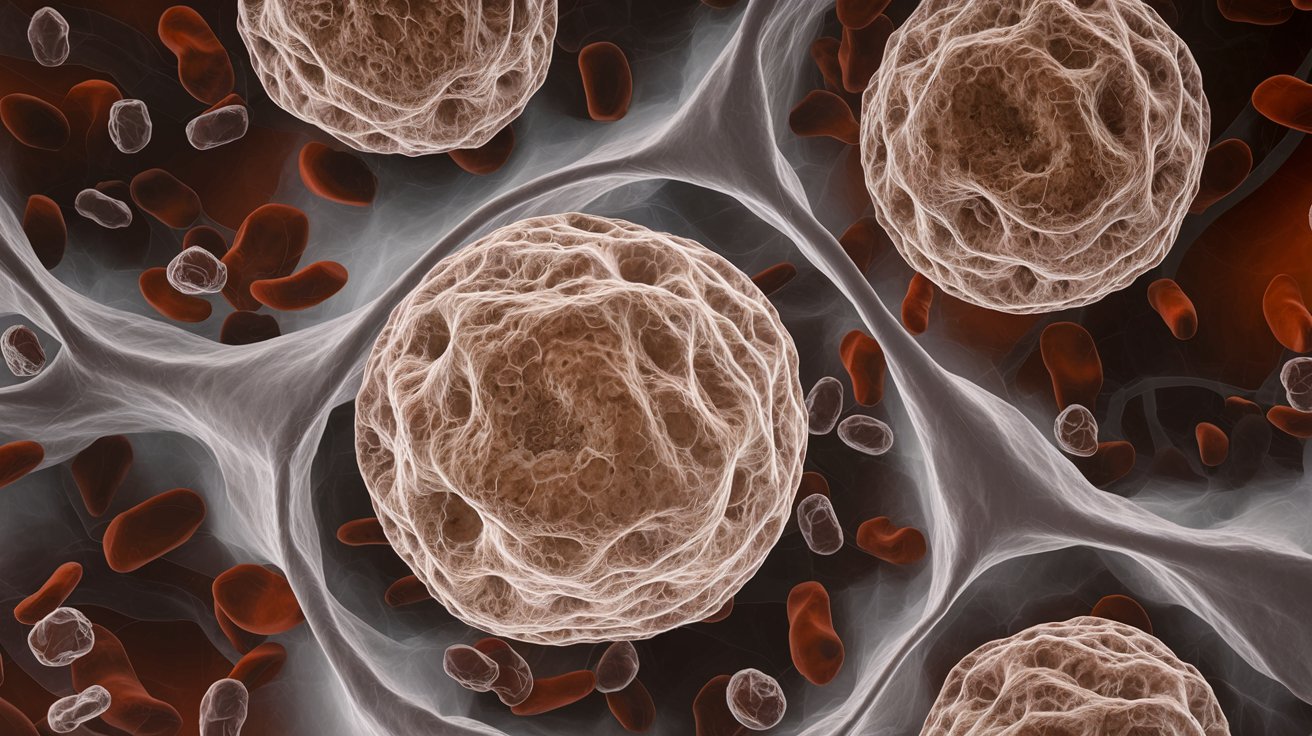
Non-Langerhans Cell Histiocytosis is a rare disorder where certain white blood cells, called histiocytes, build up in various tissues and organs. Unlike Langerhans Cell Histiocytosis, which involves a different type of histiocyte, this condition can affect skin, bones, and internal organs. Symptoms can vary widely, making diagnosis tricky. Some people might experience skin rashes, while others could have bone pain or organ dysfunction. Treatment options depend on the severity and location of the disease but may include medications like steroids or chemotherapy. Understanding this condition helps in managing its impact on daily life.
Key Takeaways:
- Non-Langerhans Cell Histiocytosis is a rare immune disorder that can affect different organs, causing symptoms like fatigue, skin lesions, and bone pain. Early detection and treatment are crucial for managing the condition.
- Treatment for Non-Langerhans Cell Histiocytosis varies based on the subtype and severity, including options like corticosteroids, chemotherapy, targeted therapies, radiation, and surgery. Regular monitoring and supportive care are important for long-term management.
What is Non-Langerhans Cell Histiocytosis?
Non-Langerhans Cell Histiocytosis (NLCH) is a rare disorder involving abnormal proliferation of histiocytes, a type of immune cell. Unlike Langerhans Cell Histiocytosis, NLCH does not involve Langerhans cells. This condition can affect various organs and tissues.
- NLCH is a rare disease, affecting fewer than 1 in 200,000 people.
- The disorder can manifest at any age, but it is most commonly diagnosed in adults.
- NLCH is characterized by the accumulation of histiocytes in tissues, leading to organ damage.
- The exact cause of NLCH remains unknown, though genetic mutations may play a role.
- Symptoms of NLCH vary widely depending on the organs involved.
Types of Non-Langerhans Cell Histiocytosis
NLCH encompasses several subtypes, each with unique characteristics and clinical presentations. Understanding these subtypes helps in diagnosis and treatment.
- Erdheim-Chester Disease (ECD) is a subtype of NLCH characterized by long bone pain and cardiovascular involvement.
- Rosai-Dorfman Disease (RDD) involves painless lymph node enlargement and can affect multiple organs.
- Juvenile Xanthogranuloma (JXG) typically presents in children with skin lesions and occasionally affects internal organs.
- Indeterminate Cell Histiocytosis (ICH) shows features of both Langerhans and non-Langerhans cells.
- Xanthoma Disseminatum (XD) is marked by widespread skin lesions and mucosal involvement.
Symptoms and Diagnosis
Symptoms of NLCH can be diverse, making diagnosis challenging. Early detection is crucial for effective management.
- Common symptoms include fatigue, fever, and weight loss.
- Skin lesions are a frequent manifestation, often appearing as red or yellowish bumps.
- Bone pain and fractures can occur due to histiocyte infiltration in bones.
- Organ-specific symptoms depend on the affected organs, such as respiratory issues if the lungs are involved.
- Diagnosis typically involves a combination of imaging studies, biopsy, and histopathological examination.
Treatment Options
Treatment for NLCH varies based on the subtype and severity of the disease. A multidisciplinary approach is often required.
- Corticosteroids are commonly used to reduce inflammation and histiocyte proliferation.
- Chemotherapy may be employed in severe cases or when multiple organs are affected.
- Targeted therapies, such as BRAF inhibitors, have shown promise in treating certain subtypes like ECD.
- Radiation therapy can be used for localized lesions causing significant symptoms.
- Surgical intervention may be necessary to remove large or symptomatic masses.
Prognosis and Long-term Management
The prognosis for NLCH patients varies widely. Long-term management focuses on monitoring and addressing complications.
- Early diagnosis and treatment improve the prognosis for many patients.
- Regular follow-up is essential to monitor disease progression and treatment response.
- Some patients may achieve long-term remission, while others may experience chronic or recurrent disease.
- Complications such as organ failure or secondary infections can impact overall prognosis.
- Supportive care, including pain management and physical therapy, plays a crucial role in improving quality of life.
Research and Future Directions
Ongoing research aims to better understand NLCH and develop more effective treatments. Advances in genetics and immunology hold promise for the future.
- Genetic studies are exploring mutations associated with NLCH to identify potential therapeutic targets.
- Immunotherapy is being investigated as a potential treatment option for NLCH.
- Clinical trials are ongoing to evaluate the efficacy of new drugs and treatment strategies.
- Collaborative research efforts are essential to improve understanding and management of this rare disease.
- Patient registries and databases help collect valuable data to guide future research and treatment approaches.
Final Thoughts on Non-Langerhans Cell Histiocytosis
Non-Langerhans Cell Histiocytosis (NLCH) is a rare disorder that affects both children and adults. Understanding its symptoms, diagnosis, and treatment options can make a big difference in managing the condition. Early detection often leads to better outcomes, so staying informed is crucial.
NLCH can manifest in various forms, making it tricky to diagnose. However, advancements in medical research are paving the way for more effective treatments. Patients and caregivers should always consult healthcare professionals for personalized advice and support.
Remember, knowledge is power. The more you know about NLCH, the better equipped you'll be to handle its challenges. Stay proactive, seek medical advice, and support those affected by this condition. By doing so, we can all contribute to a better quality of life for NLCH patients.
Frequently Asked Questions
Was this page helpful?
Our commitment to delivering trustworthy and engaging content is at the heart of what we do. Each fact on our site is contributed by real users like you, bringing a wealth of diverse insights and information. To ensure the highest standards of accuracy and reliability, our dedicated editors meticulously review each submission. This process guarantees that the facts we share are not only fascinating but also credible. Trust in our commitment to quality and authenticity as you explore and learn with us.
